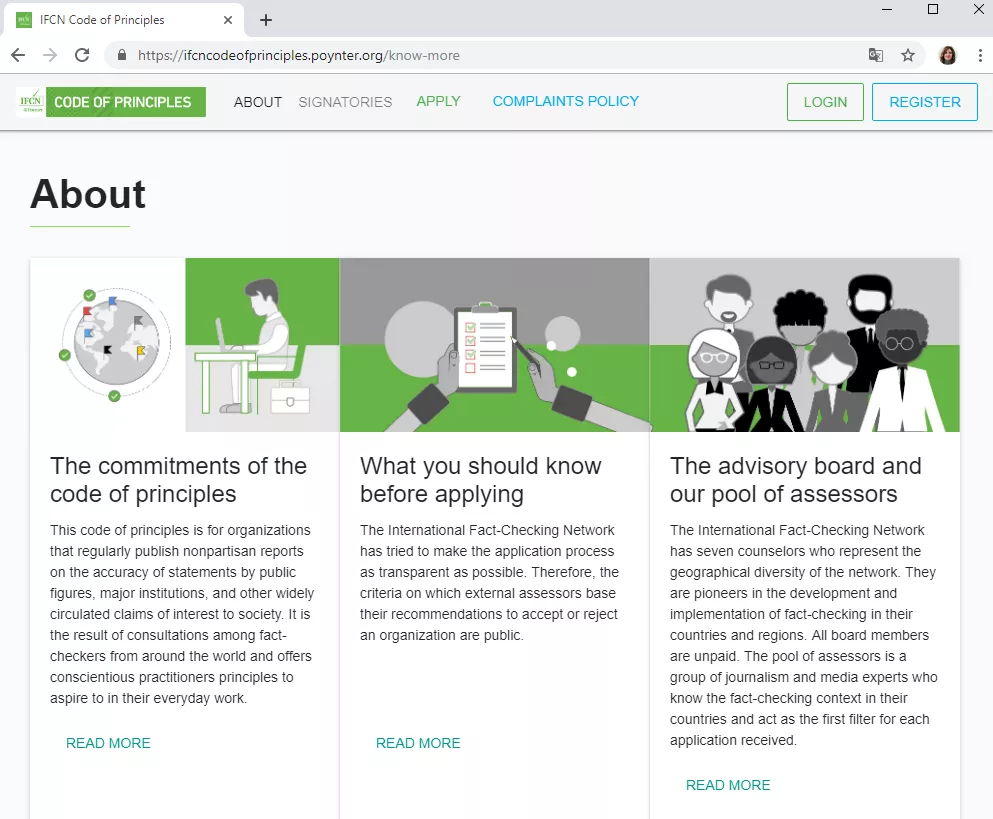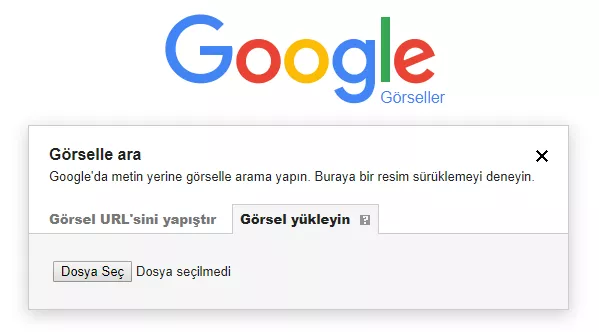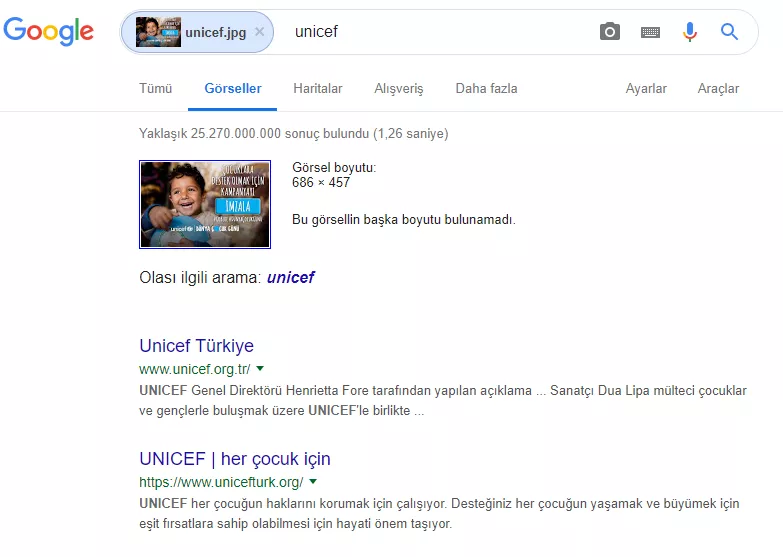Is it fake or not? Tips for recognition
One of the most important skills of a good citizen is being responsible for the fate of the whole society which includes being critically aware of knowledge concerning society and being able to recognise fake news. In this context, there are two major issues. First, some people especially young adults do not like follow up daily news. According to study conducted by Mindich (2005), 80% of people below 30 do not read newspapers daily, similarly they do not watch TV for news. On the contrary, 70% of older Americans read newspaper everyday and the median age of people watching TV news is 60. Since youth thought “conventional newspapers and TV news is boring (Barnhurst & Wartella, 1991, 1998; Costera Meijer, 2007; Livingstone, 2002; Raeymaeckers, 2004); difficult to understand (Raeymaeckers, 2004); and irrelevant to their lives (Barnhurst, 1998; Buckingham, 1999; Costera Meijer, 2003; Frola, 2006; McKee, 2005), some researchers claim young adults are less civic-minded than prior generations” (Marchi, 2012). Second, several fake, inaccurate, subjective, biased or unconfirmed knowledge is being distributed and lots of people believe those knowledge without any doubt.
Today with the rise of social media, new opportunities were emerged to receive a lot of valuable information, news and events. Several web 2.0 applications such as Facebook and Twitter is being used by millions of people and also seen as dominant source for information gathering. Of course these social media environments bring several positive implications for information gathering such as:
- being able to access more information than ever before in a faster manner,
- providing an alternative resource to mainstream media and newspapers,
- presenting a platform for anyone to share information.
But they also caused several negative implications such as:
- since the lack of editorial norms and processes, fake, false or low quality information may be presented,
- information will be widespread quickly even it is unchecked.
We have stated two major concerns for being aware of knowledge concerning society. First was focused on uninformed youth problem. Actually social media platforms are providing a solution for this. Although young adults think traditional news gathering methods are boring, news are repetitive and irrelevant for them, they still getting news via cell phone texts, or social media platforms. So, there is a shift in the ways for information is being accessed, and formats in which information is presented. The second concern was related about fake and false news. Unfortunately, social media offers a more convenient environment for spreading false information.
Inaccurate information flow whether via traditional methods or with social media platforms is a big problem. We can see that every year more studies are focused on this issue. When we check “fake news” topic in Web of Science database, we can see growing number of citation on this issue (Figure 1).

Figure 1. The sum of times cited per year for "fake news" topic in Web of Science (2006-2019)
When we talk about fake news two concepts are important: disinformation and misinformation. These concepts are very similar, because both includes false information. But there are major difference in terms of their intent. If the intent is to spread false information deliberately in order to influence public opinion, this is called as disinformation. In other terms disinformation created to harm. On the contrary, if intent is not causing harm but still there is inaccurate information this is called misinformation. Sometimes disinformation may be caused by provocators, in some cases it occur due to unconscious, uncontrolled and unconfirmed shares of individuals.
Whether planned or unrestrained, it is very important to raise awareness of citizens' about inaccurate information in news media. People are emotional in nature and tends to believe any information if they receive from sources close to their opinions and beliefs. However, the information may be modified because of bias, hidden agendas or mistakes. So, people need to critically think and try to verify before believing what they read, watch or browse. At this point, we can talk about some tips.
For example, fast checking sites can be considered as an important solution.
Fast checking sites aims to make critical, investigative inquiry to verify any fact, news or information. Over the past decade, the numbers of fact-checking organizations are increased day by day. There are 113 active organizations and more than 90% were established after 2010; about 50 launched in the past two years alone. It is not surprising that the number of these sites increased with the increase in interest in fake news.
There are two types of fast checking organizations:
- The first type of organizations connected to a media organization,
- the other are non-profit organizations.
The first type of organizations are advantageous for reaching content and resources. However, since they are dependent on the editorial interest and financial support of their media parent, they can not handle any content fully objective.
The second type of organizations are independent. They generally have formal or informal ties to universities and they are believed to be more credible.
There are several fast checking sites in Turkey such as teyit.org, Doğruluk Payı or Yalansavar. In figure 2, a screenshot from teyit.org is given

Figure 2. A screenshot from teyit.org which is a fast checking site in Turkey
teyit.org defines its purpose as following:
“We aim to gain people the habit of critical thinking and awareness of reaching the right information those who use the internet as the first news source”.
For accuracy control, content, news or any declarations are being investigated and measured by fast checking organizations. For example, teyit.org tries to explain to what extent the claim has been confirmed and to what extent it has been misrepresented. This site provides results in the following 4 categories related to any claim:
1. the claim is correct
2. the claim is wrong
3. the claim is mixed (there are both true and false information in the claim)
4. the uncertainty of the claim (data on claim is insufficient to reach the conclusion)
For example, the claim given in the screenshot is “UNICEF campaign stated that every like and share worth $ 1”. According to accuracy control, this claim is determined to be correct.
According to the "2015 Digital News Report" of Reuters Institute for the Study of Journalism, among the 18 countries surveyed Turkey is determined as the first country in which social media is seen as the most popular news source (67%). Since we know there is no verification of information flow in social media, people need to be aware that the information may be inaccurate or misleading and the pages they follow/like may belong to fake accounts. So, using fast checking web sites may be an opportunity to verify information that was accessed from social media or other channels.
teyit.org and other fast checking sites all over the world confirm that they are compliant IFCN principles. The International Fact-Checking Network (IFCN) is a series of commitments organizations abide by to promote excellence in fact-checking (Figure 3). They state “nonpartisan and transparent fact-checking can be a powerful instrument of accountability journalism.”

Figure 3. A screenshot from https://ifcncodeofprinciples.poynter.org/
Another solution is related to recognize fake images. If the news include some images, you can use that image and search the web to find similar ones. For this search, if you choose google image search you should apply the following steps:
- First visit https://images.google.com/ URL
- Click search by images button (Figure 4)

Figure 4. A screenshot from https://images.google.com/
- If you have a URL address including image, paste it to the first tab
- If you downloaded the picture on your computer, tap on “Upload Picture.” and tap on “Files” button (Figure 5)

Figure 5. A screenshot from https://images.google.com/ “Upload Picture” tap
- Choose an image from your gallery (Figure 6).

Figure 6. A screenshot from https://images.google.com/ “Choose an image from your gallery”
- Tap on “Show Matches.”
- You will see the results as following (Figure 7).

Figure 7. A screenshot from https://images.google.com/ “Matched results”
In addition to google image search, you can use several web sites such as as FotoForensics (http://fotoforensics.com/) to identify fake images. This web site provides details of the photo which you can’t detect in naked eyes. It shows the modifications in percentage (%) which helps you to understand whether it has been edited or how much.
As a result we can summarize tips for recognizing fake news as following:
- First and the most important one is, you need to think critically.
- Second, visiting a fact checking site such as International Fact-Checking Network (IFCN) would be useful to verify claim.
- Third, if the news include an image you can use google reverse image to see whether there is similar images on the web or you can visit web sites such as FotoForensics to identify whether image includes modified parts.
- Fourth, you can check URLs. Strange URLS ending such as “lo” or ".com.co" may be clue to understand a fake news.
- Checking the sources and citations would be beneficial. Who is the author or publisher? Are they biased? Do they have a hidden agenda?
REFERENCES
Graves, L., & Cherubini, F. (2016). The rise of fact-checking sites in Europe.
Mindich, D. (2005). Tuned out—Why Americans under 40 don’t watch the news. New York,
NY: Oxford University Press.
Marchi, R. (2012). With Facebook, blogs, and fake news, teens reject journalistic “objectivity”. Journal of Communication Inquiry, 36(3), 246-262.
Yegen, C. (2018). Doğru Haber Alma Hakkı ve Sosyal Medya Dezenformasyonunu Doğruluk Payı ve Yalansavar ile Tartışmak. Erciyes İletişim Dergisi, 5(4), 101-121.




